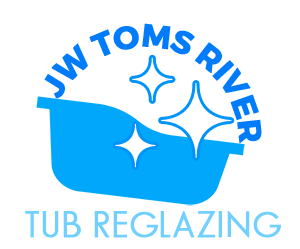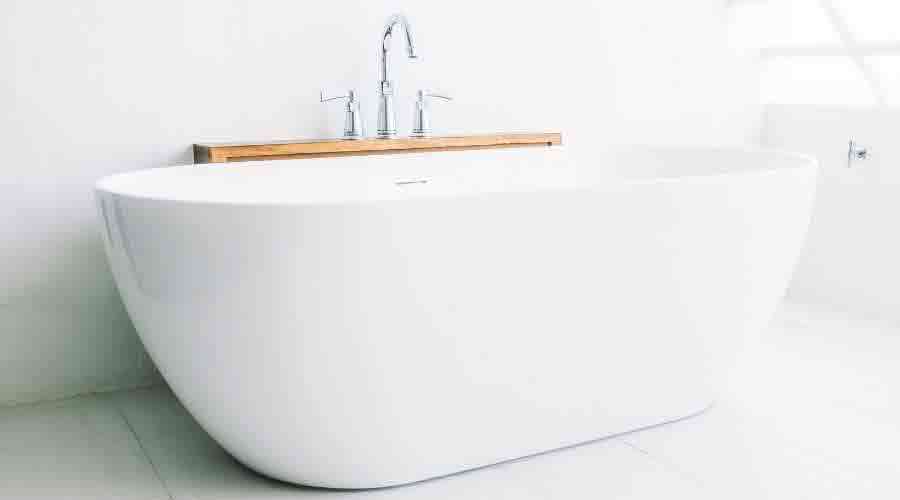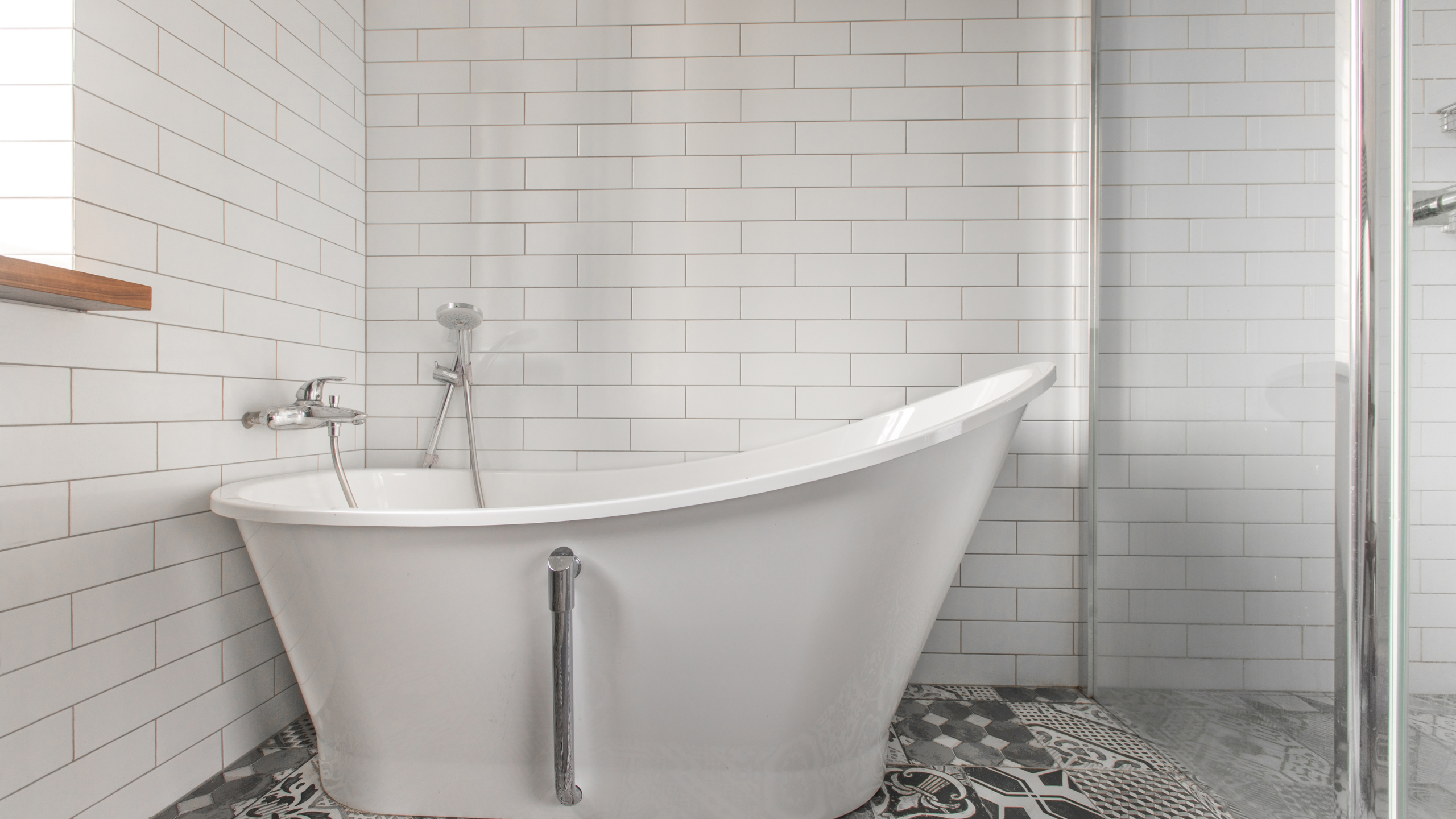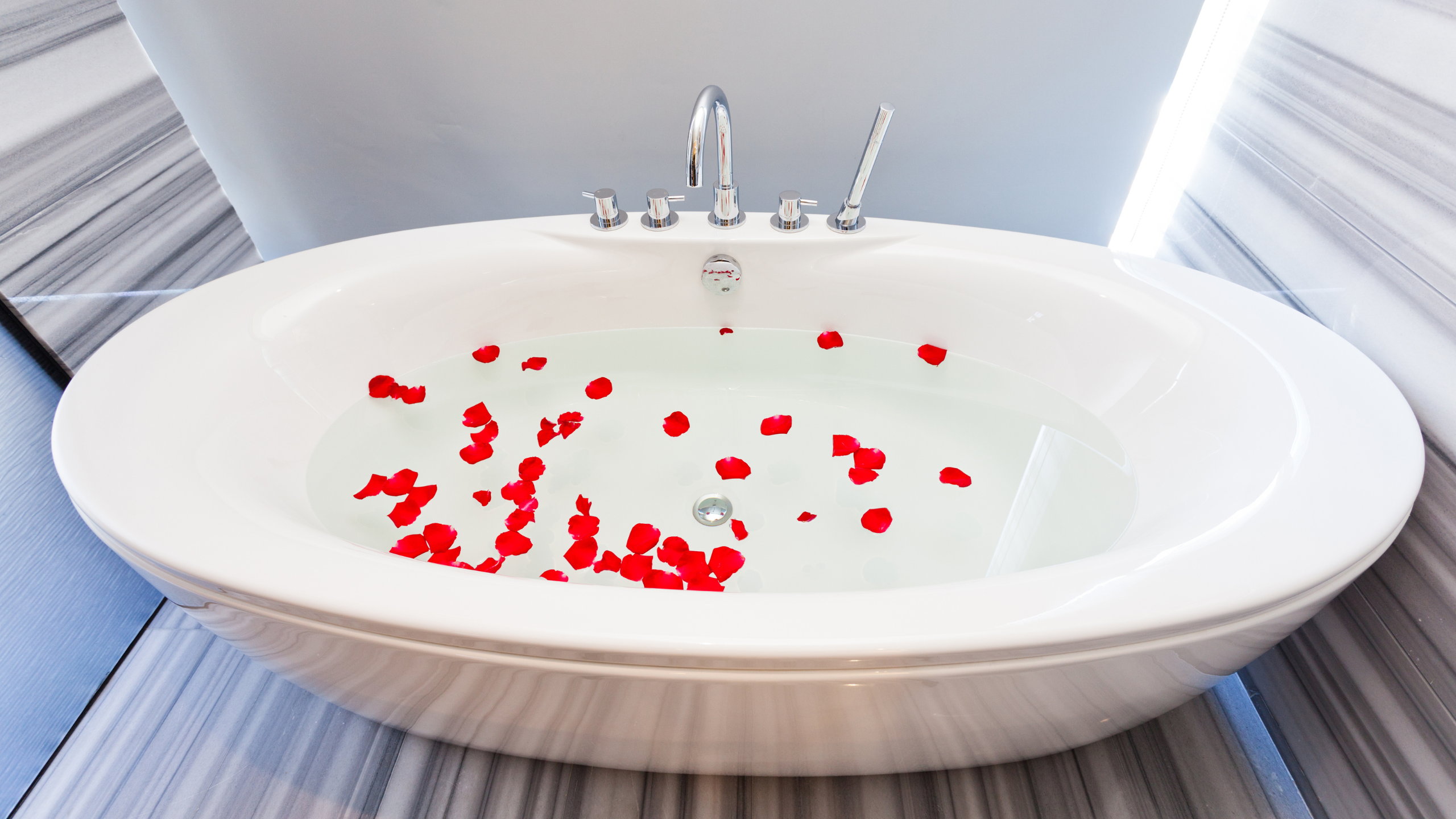Bathtub reglazing and bathtub refinishing are two popular methods that people use to restore their bathroom look. Both ways have advantages and disadvantages that potential customers should be aware of before deciding on an option. We will discuss these in this blog post so you can make an informed decision about which one is best for your needs.
Benefits of Bathtub Reglazing
Bathtub reglazing is an effective way to fix chips, scratches, and stains.It can also help protect your bathtub from future damage by covering up any cracks or holes in the tub that may have been caused by defective materials used during the construction of home appliances like toilets with a shorter life expectancy.
However, this will not be noticeable unless you look for them precisely because their appearance won’t change at all! One significant aspect about this procedure? Thanks to new technology, you won’t have to live in fear any longer. You’ll be able to get your hands on top-of-the-line finishes without immediately breaking out into expensive remodeling budgets, saving both time and money while protecting what matters most: the integrity and appearance of your bathroom. It is a great way to give your bathtub and toilet an updated look!
Disadvantages of Bathtub Refinishing
There are some drawbacks to this option, such as the need to avoid using harsh chemicals like chlorine for at least 24 hours after the process has been completed because they may damage or discolor areas that were just reglazed. Additionally, suppose there isn’t any extra reinforcement around drainage holes in the tub (a common area where chips occur). In that case, future leaks may occur, which can lead to further damage.
What to Expect from A Tub Resurfacing Service?
Before making a final decision, ask yourself whether you are looking to get the most bang for your buck out of this process or have other priorities that should be addressed first. If your bathtub is pretty old and has some nicks in it but isn’t completely destroyed yet, then maybe refinishing would serve you better.
Think about how much time every day you spend soaking inside there! However, if you’re dealing with mold damage due to clogged drainage holes caused by chips along the grout lines and refinished surface doesn’t look as good as what can be achieved through reglazing, then perhaps spending more cash on something like tub reglazing might make sense instead.
Factors to Consider When Refinishing/Reglazing Your Tub
From a cost perspective, you will likely be looking to get the most bang for your buck out of tub reglazing because it’s usually significantly more affordable than refinishing. The average bathtub costs around $200-$400 depending on size and also what kind of materials were used in its initial construction. Additionally, there may be some factors that can cause this estimate to go up or down, such as accessibility (regardless of whether we’re talking about refinished surfaces requiring additional time at the very end) and how many coats need to apply if your current paint/gel coat is already chipped/worn away, another factor could include potential water damage inside deeper areas like behind faucets, etc., too!
On the other hand, refinishing is usually a bit more expensive than reglazing because not only will you be faced with having to spend even MORE money if renovations need to be done around any cracks or holes in your current bathtub’s structure, but also it requires at least 24 hours of no use after completion (and possibly longer depending on chemical odors and how thorough when applying the product), additionally, if you’re working with an outdated style like clawfoot tubs that require additional time for filling/draining then this could cause us problems, especially since most people don’t want someone else sticking their hands inside where they bathe!
How Much Does It Cost for Each Process, Including All Materials Needed?
When it comes to reglazing, you should expect to pay around $75 – $100 per square foot (for example, if your bathtub is 100sqft, then this could cost anywhere from $750-$1000), whereas refinishing will cost significantly more since the average price tag usually rests somewhere between $500 and upwards of about $1500 depending on how much work needs to be done, typically speaking though, smaller tubs are preferable because larger ones require many gallons which can increase costs exponentially.
Most people don’t want to deal with any kind of project like this, so it’s important that professionals come in and do the work for them. Whether they’re simply unable or unwilling, technicians can take care of everything from start to finish.
What Kinds of Products Are Used when Reglazing a Tub?
Typically speaking, there aren’t many differences between what is used when refinishing vs Reglazing. However, if you have an older style bathtub, then chances are good that professionals will be using epoxy resin during resurfacing because these deliver much stronger results than acrylics which tend not to last as long (plus acrylics dry out quickly). Additionally, enamel paints should never be applied over old gel coat surfaces since they can chip or peel off easily, which leads to even more damage. Acrylics are best for this kind of work.
When it comes to polyurethane, this is the go-to material for tubs that are made out of fiberglass or steel; additionally, if you’re interested in getting an epoxy finish, then there are even more benefits like increased scratch resistance (although they can be rather expensive).
Pros and Cons of Choosing a Professional or Diy Bathtub Resurfacing Kit
Typically speaking, there aren’t many differences between what is used when refinishing vs Reglazing. However, if you have an older style bathtub, then chances are good that professionals will be using epoxy resin during resurfacing because these deliver much stronger results than acrylics which tend not to last as long (plus acrylics dry out quickly). Additionally, enamel paints should never be applied over old gel coat surfaces since they can chip or peel off easily, which leads to even more damage. Acrylics are best for this kind of work.
When it comes to polyurethane, this is the go-to material for tubs that are made out of fiberglass or steel; additionally, if you’re interested in getting an epoxy finish, then there are even more benefits like increased scratch resistance (although they can be rather expensive).
Pros of Hiring a Professional
You don’t need to worry about your bathtub not meeting the desired factory quality. A professional will be able to give you a finish that looks great, even if it’s been done before. It doesn’t matter how good you are at painting, and professionals will always do better than you can at home. They have the newest and finest techniques, tools, and surface treatments that will guarantee that your bathtub is well taken care of before proceeding with any work.
The process will take less time because professionals don’t waste their time trying to figure out the whole project themselves. They’ve done so many times before, so they know what needs to happen without having to stop and think about it.
Cons of Hiring a Professional
It will cost more than if you tried to do the work yourself.
Pros of Using an At-Home Kit
You can save money and still get your bathtub looking brand new again without having to pay for expensive professionals. Although there is some trial and error with kits sometimes so make sure that they deliver on their promises, or else this isn’t such a good deal after all!
If done right, then these kinds of kits provide just as great results as when professionals take care of business. Why not go out and grab one today? Spend less time trying to figure everything out on your own because our post will help you here every step of the way by providing helpful advice like this.
If you’re afraid of making a mess or getting paint on everything, don’t worry, there’s an at-home kit that will provide all you’ll need to get started right away!
Cons of Using an At-Home Kit
It’s difficult for DIYers to match up colors just as well as professionals can do, especially if it hasn’t been done before. The off-color look may be desired sometimes, but those who are looking for a perfect factory-quality finish will have better luck hiring someone else.
Pros of Doing the Bathtub Resurfacing Work Yourself
You save money by not having to pay consultants or other outside help. This is why so many people take this route when they want their tubs refinished.
You can get started right away, even if you have no experience with DIY projects. You’ll be able to find and provide all of the tools and supplies that are needed to give your bathtub a nice new look.
Cons of Doing the Bathtub Resurfacing Work Yourself
If done wrong, then this could cause problems for you in the future because it won’t be taken care of properly. Who wants their tub falling apart after only a few years? That’s not worth saving money over! Make sure to take proper precautions when using these kinds of kits, or else things may end up worse than they did before!
Conclusion
So which is better? The answer may depend on your preference. For those with a high-traffic bathroom, bathtub refinishing could be the best option as it does not require that you remove all of your belongings from the space while work is being done.
Bathtub reglazing can be an excellent choice if you want to avoid any potential damage to tile or flooring during the installation and removal process. Whatever technique you use, experts are here to assist you!




